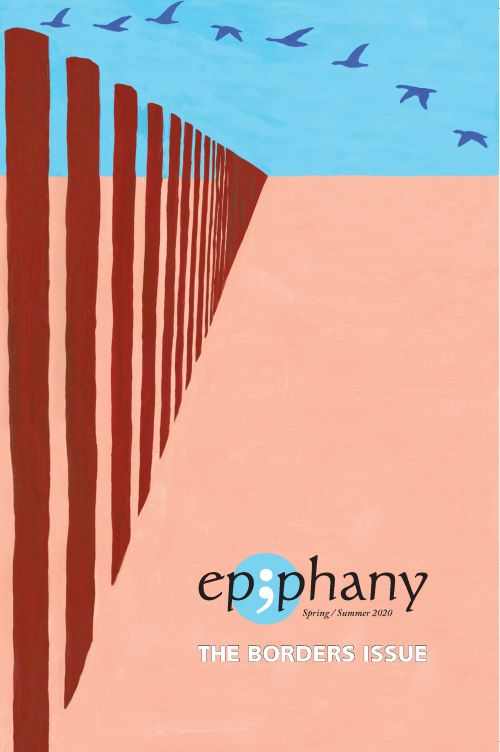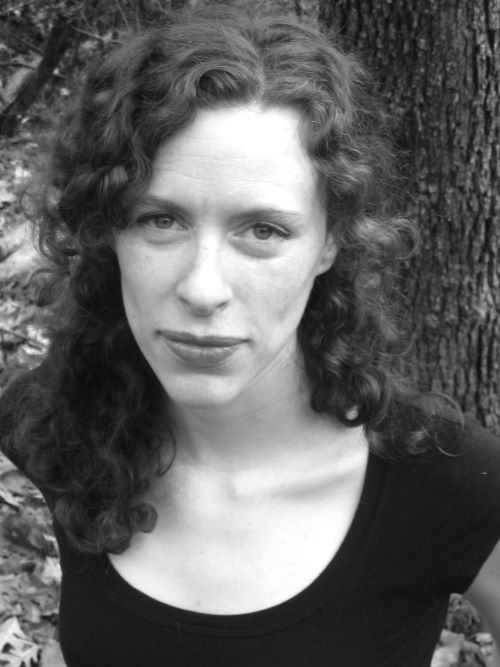To write vermin—unwanted animals—is to write in the shadow of environmentalism, to write in an eco that is not outside, out there but inside, in here. To write about home—that other eco—is to write of women and work, the gendered feeding and care and cleaning that is the shadow of all outside work.
Sara Ahmed says to become his arm is to lose your arm (85). To undo home and its secret economies—there’s gotta be something better than home, says Stefano Harney (140)—is the aim of any poetics that remembers the silverfish and carpenter ants, the cockroaches and mice who will always surround you, no matter what you think or feel. To know that their imagined absence is a plastic fantasy, a false and terrible loneliness. To admit that women, women working at home, middle-aged women prompt some feelings, ugly feelings, Sianne Ngai calls them—irritation, anxiety, disgust—is to invite those feelings to double and triple: irritation, anxiety, disgust. Please stop talking and take care of this.
And yet it does seem to reappear again and again. It returns in the crumbs to sweep and the traps to set and poison to trace the house’s foundation, and who does the crumb-sweeping and trap-setting and poisoning. It returns when rats and roaches secure all the classist, racist, ableist, sexist tropes they can be made to, security in the revulsion. It returns when the roaches swarm through the holes in the wall as the apartment next door is fogged, flowing from one room to the next to the next, the rats surging from building to building, biting people in their sleep. It returns when someone wonders how to kill them ethically, without wondering why they are there in such numbers, why in some buildings they are barely there at all.
To write vermin is to ask then who makes them faceless and liquid, seething, scheming, malicious, too much, over and over; who feeds them and then turns away, repulsed. (Was it me? Of course.) It’s to ask who is at home, inside; who is outside. Why vermin are women’s fault and their shadow, their shame and their labor, how making vermin is so much work to do and undo and who that work is for.
Further Reading:
Ugly Feelings. Sianne Ngai. Cambridge, MA: Harvard University Press, 2005.
all about love: new visions. bell hooks. New York. William Morrow, 1999.
The Undercommons: Fugitive Planning and Black Study. Stefano Harney and Fred Moten. Autonomedia, 2013.
Living a Feminist Life. Sara Ahmed. Durham, NC: Duke University Press, 2017.
Imperfect Creatures : Vermin Literature and the Sciences of Life 1600-1740. Lucinda Cole, Ann Arbor, MI: University of Michigan Press 2016.
Kingdom Animalia: Poems. Aracelis Girmay. First ed. Rochester, NY: Boa Editions LTD. 2011.
Never Home Alone : From Microbes to Millipedes Camel Crickets and Honeybees the Natural History of Where We Live. Rob Dunn. First ed. New York NY: Basic Books, 2018.
Cemetery Ink. Mihaela Moscaliuc. Pittsburg, PA: University of Pittsburgh Press, 2021.
O’Nights. Cecily Parks. Farmington, ME: Alice James Books, 2015.
Having and Being Had. Eula Biss. New York: Riverhead Books, 2020.
Munshi-South Lab: https://nycevolution.org/
UN brief; “Whose Time to Care? Unpaid labor and domestic work during COVID-19”




